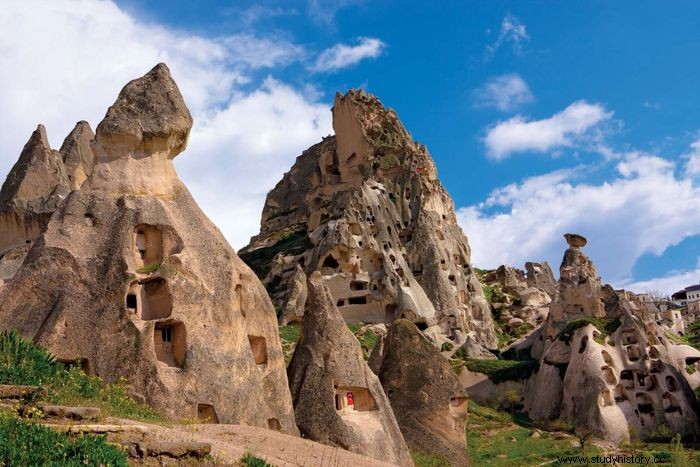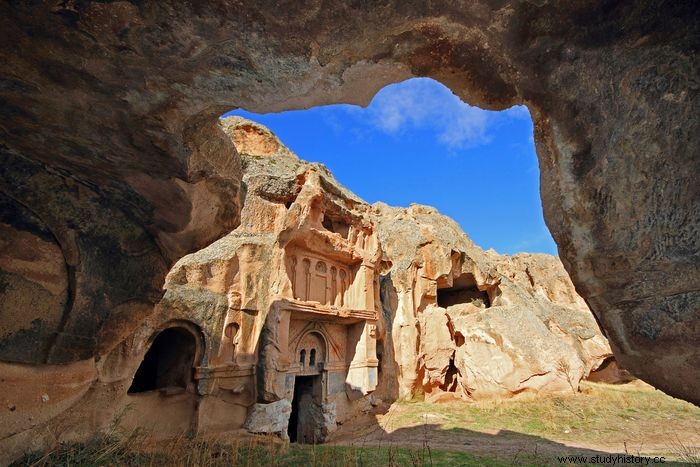Anatolia , Turkish Anadolu , also Called Asia Minor , the peninsula that today the Asian part of the Turkey makes . Due to its location at the point where the continents meet Asia and Europe from the beginning of civilization, Anatolia was a crossroads for numerous peoples who migrated or conquered from both continents.

 Britannica Quiz Ancient Anatolia Which Anatolian kingdom is said to have been ruled by the legendary king Midas? Test your knowledge of ancient Anatolia.
Britannica Quiz Ancient Anatolia Which Anatolian kingdom is said to have been ruled by the legendary king Midas? Test your knowledge of ancient Anatolia. This article describes the story and Cultures of ancient Anatolia, beginning in prehistoric times, including the Hittite Empire, Achaemenian, Hellenistic and Roman periods, Byzantine and Seljuk domination. For later periods see Ottoman Empire and Turkey, history of .
Ancient Anatolia
Prehistoric Cultures of Anatolia
Anatolia can be geographically defined as the area north of the Black Sea , to the east and south of the southeastern Taurus Mountains and the Mediterranean and to the west of Aegean Sea and the Sea of Marmara . Culturally, the area also includes the islands of the eastern Aegean. In most prehistoric periods, the regions south and west of Anatolia were under the influence Syria or des Balkans . Much visible evidence of the earliest cultures of Anatolia is possibly due to the sharp rise in sea levels after the end of the last Ice Age (about 10,000 years ago) and the Deposition lost of deep alluvium in many coastal and inland valleys. Nevertheless, there are widespread - albeit little studied - signs of human occupation in cave sites from at least the Paleolithic period, and earlier Paleolithic remains are at Yarımburgaz Cave near Istanbul to recognize. Rock carvings of animals on the walls of nearby caves Antalya on the Mediterranean coast suggests a relationship with Upper Palaeolithic art of Western Europe. Linked to this are rock shelters whose layered occupational debris has the potential to represent the transitional phases between troglodyte society and the neolithic Economy of the first agricultural Municipalities final .

In Middle East can the first signs of the beginning of the Neolithic transition from food gathering to food production at about 9000 v . Chr . To be dated ; The true Neolithic began around 7300 v. , when agriculture and animal husbandry were well established, and lasted until about 6250 v . The Neolithic was succeeded by the Chalcolithic period, in which metal weapons and tools gradually took their place alongside their stone prototypes income and painted pottery came into general use. The Chalcolithic ended in the middle centuries of the 4th millennium v . Ch. , as the invention of writing marked the rise of the great dynastic civilizations Egypt announced and Mesopotamia followed by periods of advanced metalworking known as the Early and Middle Bronze Ages.
